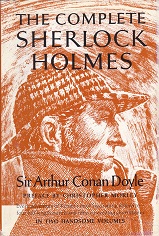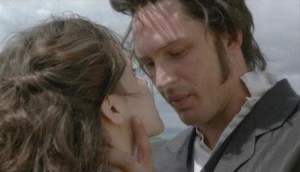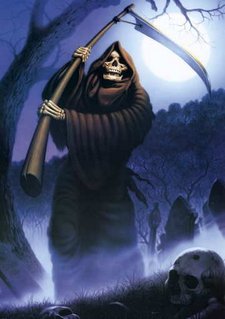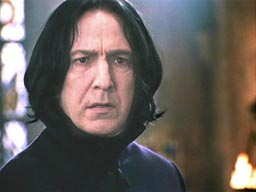I’ve been down with a sinus infection this week, so I haven’t got much to report on research or writing progress. However, there have been some bright sides to this week.
I just downloaded my copy of Interviews with Indie Authors: Top Tips from Successful Self-Published Authors, which contains interviews with over thirty self-published authors including yours truly. Romance writers are well represented, including RWA members Marie Force, Barbara Freethy and CJ Lyons. I’m truly honored to be in such company!
The interviews were collected by Tim and Claire Ridgway. For those interested in the Tudor period, Claire created The Ann Boleyn Files website which provided source material for several books on Ann Boleyn. You can learn more about the book at Interviews with Indie Authors website.
I found it interesting to read about the authors’ various paths toward success in self publishing. There’s broad agreement on some issues, such as the quality of the writing, proofreading and covers. There are also a lot of differing opinions on how to promote indie works. Some credit their success to doing a lot with social media, which is very daunting to someone juggling as many plates as I am.
But my very favorite bit of advice from the book was from CJ Lyons: “Don’t get caught up in the promotion whirlwind, your best promotional tool is writing the next book. The more books out there the more your fans will do the promotional work for you.”
I like that, because I don’t have the time nor the desire to spend half of my day on Facebook and Twitter! I would rather be writing. I’m currently looking for ways to coax more writing time out of my schedule. One thing I’ve realized being sick this week is that my daughters are capable of more than I thought. They’ve mowed the lawn (even the sloping back bit), cooked meals and cleaned. I need to use them more. What are children for?
Being sick also gave me the excuse to watch North and South (based on the novel by Elizabeth Gaskell–the title refers to the industrial north of England versus the rural south) with my oldest daughter. It was fun to watch her reactions to the hero, John Thornton, played by Richard Armitage. They mirrored the feelings of the heroine, Margaret Hale, played by Daniela Denby-Ashe.
Episode 1: I don’t like him.
Episode 2: I’m not sure.
Episode 3: Maybe he’s redeemable.
Episode 4: OK, he’s cool.
We also watched the bonus material, which included an interview with Richard Armitage. To prepare for his role, he not only read the book but also did extensive research into the background of the story. So he’s intelligent as well as hot (well, the two go together for me).
When she overheard us discussing this, my younger daughter said, “Mama, you’re sick.”
And she wasn’t talking about the sinus infection.
So what has everyone been doing this week? If you bought any books, did social media affect your decisions? What is your favorite way to handle being sick? If you have children, do you enjoy embarrassing them and how?












